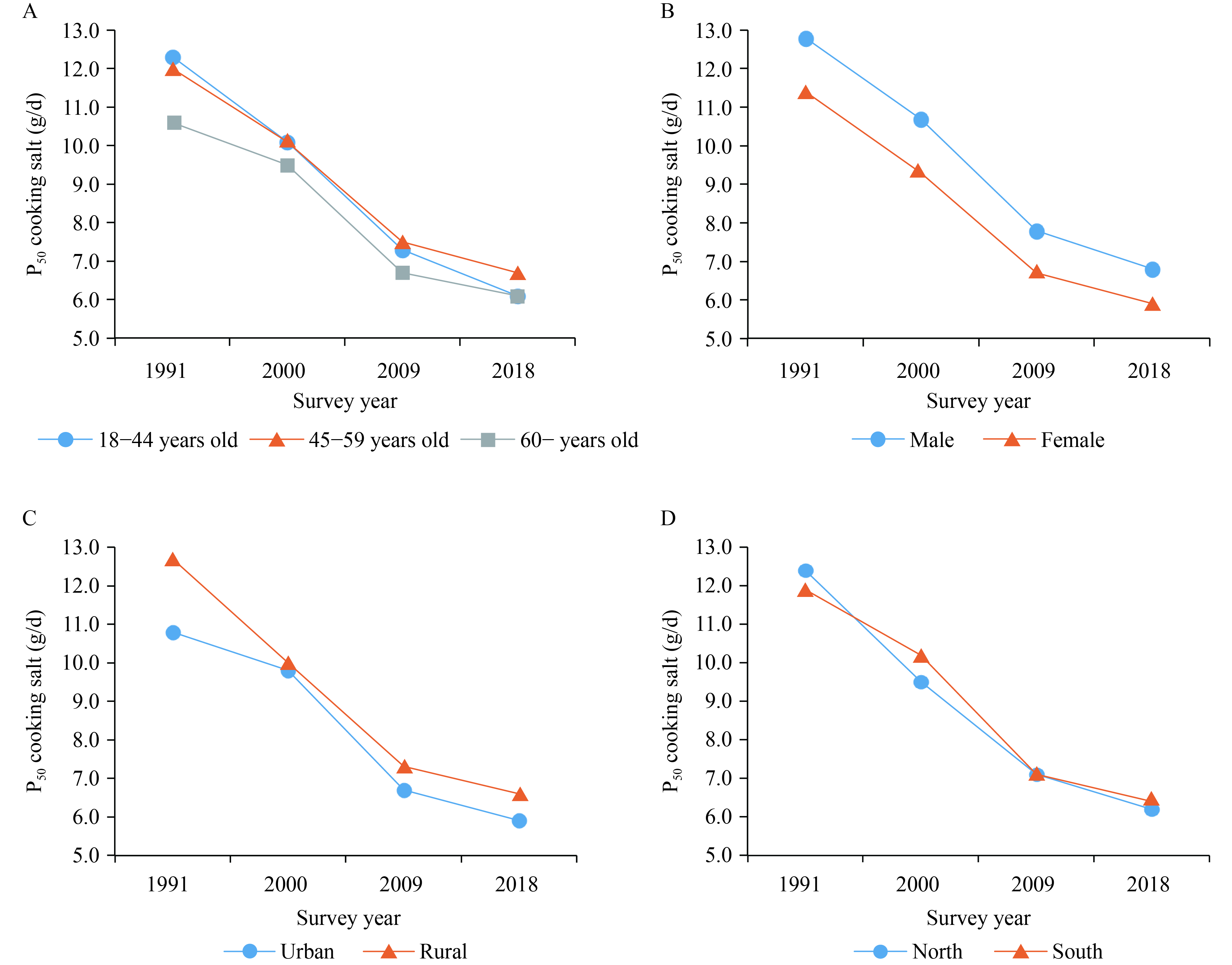2020 Vol. 2, No. 7
Alcohol use is attributed to more than 200 diseases and injury conditions. Recent conventional and genetic evidence is beginning to counter the benefit of moderate drinking. The prevalence of current alcohol use was 35.7% in 2007 among the Chinese population aged 18–69 years, but comparable estimations on a provincial-level has not been reported in China.
The prevalence of current alcohol use in the preceding year was 41.3% among the Chinese population aged 18 years and above in 2015. The prevalence of current alcohol use and the average level of daily pure alcohol intake among drinkers showed clustered and diversified geographic distribution across provinces.
Given diversified demographics and geographic characteristics of the current alcohol drinking population, the alcohol control policies and intervention strategies should be adopted at a provincial level to reduce alcohol-related mortality and disability.
What is already known about this topic?
Sodium intake in China is among the highest in the world, the main source of which in adults is salt added during cooking. In 2012, the national average cooking salt intake was 10.5 g/d.
What is added by this report?
In 2018, median cooking salt intake was 6.3 g/d, which has decreased compared to that in 1991. The north-south gap in cooking salt intake was closing over time.
What are the implications for public health practice?
Effective policies and interventions need to be sustained and intensified to lower cooking salt intake, thus achieving the recommended level of sodium and total salt intake.
What is already known about this topic?
It is known that drug users (DUs) was brought into human immunodeficiency virus (HIV) sentinel surveillance as HIV related high-risk group since 1990s with a higher HIV antibody positive rate in the early stage.
What is added by this report?
This study not only showed that HIV antibody positive rate had decreased steadily since 2010 and maintained stable in past 4 years, but also showed that the proportion of the new narcotic and the mixed drug users increased since 2010 and HIV antibody positive rate of mixed abuse users increased year by year.
What are the implications for public health practice?
Some existing policies and strategies publicity, education and interventions require adjustments since new narcotic drug users contributed to DUs HIV infections. The challenge of HIV infection and transmission among drug users abusing both traditional and new narcotic drugs also require more attention.



 Subscribe for E-mail Alerts
Subscribe for E-mail Alerts CCDC Weekly RSS Feed
CCDC Weekly RSS Feed

